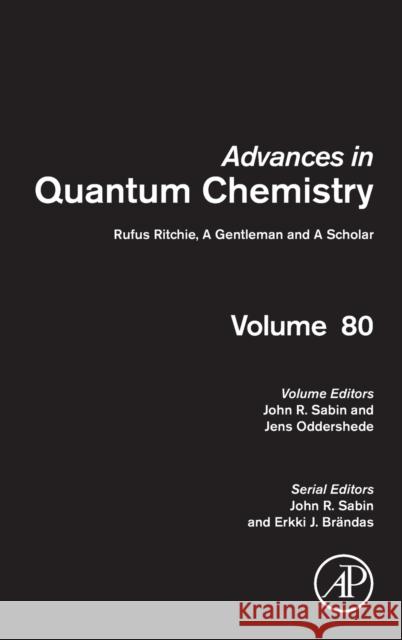Rufus Ritchie, a Gentleman and a Scholar: Volume 80 » książka
topmenu
Rufus Ritchie, a Gentleman and a Scholar: Volume 80
ISBN-13: 9780128171851 / Angielski / Twarda / 2019 / 380 str.
Kategorie:
Kategorie BISAC:
Wydawca:
Academic Press
Seria wydawnicza:
Język:
Angielski
ISBN-13:
9780128171851
Rok wydania:
2019
Numer serii:
000042611
Ilość stron:
380
Waga:
0.67 kg
Wymiary:
22.86 x 15.24 x 2.24
Oprawa:
Twarda
Wolumenów:
01
Dodatkowe informacje:
Bibliografia
Wydanie ilustrowane
Wydanie ilustrowane











